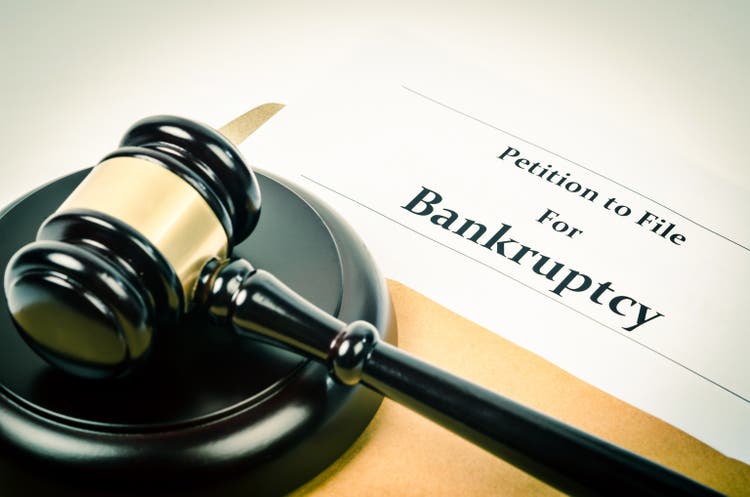
Gam1983
On the surface, it begs the question: are storm clouds gathering on the financial horizon?
The recent uptick in U.S. corporate bankruptcies, as revealed by S&P Global Market Intelligence, has sent shockwaves through the investment landscape. A staggering 75 new corporate bankruptcy filings were documented last month, marking the highest monthly figure since the tumultuous early days of 2020 when the pandemic wreaked havoc on businesses.
Ringing alarm bells even louder, the tally for this year now stands at 346 bankruptcy filings in the U.S., surpassing any comparable figures from the past 13 years – a stark indicator of the economic turbulence gripping the nation.
The surge in bankruptcies unfolds against a backdrop of persistently high borrowing costs, disruptions in global supply chains, and a slump in consumer spending, collectively pummeling struggling companies into submission.
The domino effect of these financial woes is reminiscent of a wild rollercoaster ride, with the Federal Reserve gripping firmly onto its policy rate at a 23-year pinnacle. As policymakers juggle the precarious timing of adjusting tight monetary policies amidst signals of an economic slowdown and slide in inflation, market speculators eagerly anticipate a possible rate cut in September, spurred further by a lukewarm CPI report for June.
Delving deeper into the sector breakdown, the consumer discretionary domain stands as the leader in the bankruptcy race, notching up 55 filings in 2024, with an additional 16 companies succumbing to bankruptcy in June alone. Following closely are healthcare and industrials with 40 filings each, while the information technology realm witnessed 20 filings. The unfortunate trend extends across consumer staples, financials, materials, communication services, energy, and utilities as well.
Scrutinizing the consumer discretionary sector – a domain of wants rather than needs – unveils a telling tale. Evidently, consumers are tightening their belts, favoring essentials like food, fuel, and debt repayments over non-essential purchases due to the persistent inflation and soaring borrowing costs.
Notable also is the declining graph of personal consumption expenditures, mirrored by a dip in consumer spending since the inflationary surge in April 2021, reminiscent of the economic turmoil of the 1970s. The staggering 30% year-over-year spike in PCE back then plummeted to a modest 5.1% growth rate in May 2024, reflecting the harsh reality of inflated prices eroding consumer buying power.
Formulating a grimmer outlook, small businesses navigate treacherous waters. Bill Dunkelberg, chief economist at the National Federation of Independent Business, painted a somber picture in June, emphasizing the weight of soaring compensation costs and relentless inflation pressures facing small business proprietors.
The burning question lingers: are we on the brink of economic peril? Analyst Damir Tokic’s pessimism shines through as he highlights the surge in unemployment claims and shrinking manufacturing and services sectors. Meanwhile, James Picerno muses on the potential onset of recessionary conditions as early as August, hinting that forecasting the future remains a challenging yet vital exercise.
